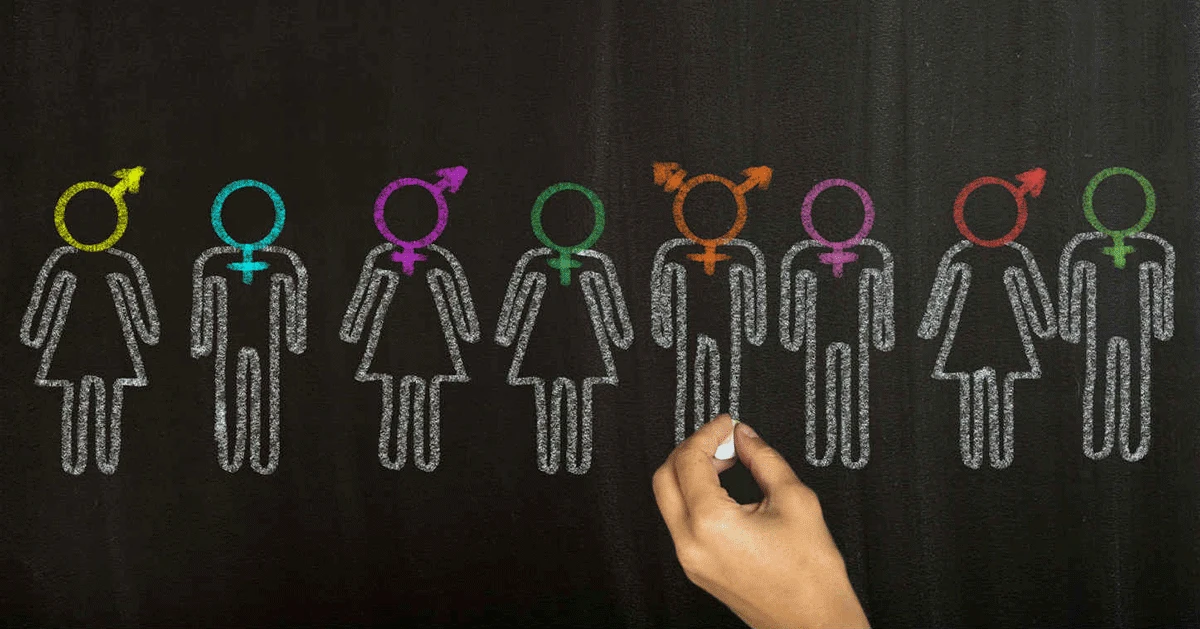Authors' Update - keeping journal authors in touch with industry developments, support and training

Unfortunately we don't fully support your browser. If you have the option to, please upgrade to a newer version or use Mozilla Firefox, Microsoft Edge, Google Chrome, or Safari 14 or newer. If you are unable to, and need support, please send us your feedback.
We'd appreciate your feedback.Tell us what you think!
August 20, 2020
By Jessica Miles, PhD

© istockphoto.com/marrio31
In support of the SAGER guidelines
Although sex and gender affect every facet of society, the importance of sex and gender equity in academic research has been historically underappreciated. However, this dynamic has reversed in recent years. Increasingly, a broad coalition of stakeholders, including funding bodies, researchers and research institutions, and publishers have endorsed the importance of gender balance on study teams, editorial boards and in research institutions, and there are prominent examples (e.g. here, here and here) of efforts to increase the proportion of women researchers within and across many research disciplines. Moreover, these stakeholders are increasingly recognizing the importance of sex and gender within the research itself, a dimension of analysis that has a critical impact on research quality and outcomes.
One prominent example of the importance of sex and gender analysis in research comes with investigating COVID-19. The sex-disaggregated data currently available for COVID-19 death rates consistently show higher rates of mortality for men than for women. To fully understand why men appear to face a higher risk of dying from COVID-19, researchers must identify and separate the potential contribution of biological sex differences (i.e. biological differences in immunity) from the potential contribution of factors related to gender norms (e.g. occupational exposure). They must also account for the influence of factors that are shaped by sex and gender (e.g. preexisting conditions that may have both biological and social determinants and put patients at higher risk of death from COVID-19).
Sex, a biological classification of individuals as male, female, or intersex, is distinct from the concept of gender, the complex sociocultural attitudes and behaviors that, in a particular context, are ascribed to femininity or masculinity. When research fails to account for these factors, variables that contribute to outcomes can be neglected, and studies may report erroneous conclusions, perpetuate knowledge gaps, create disparities, or exacerbate existing inequality. Yet, as the above example of COVID-19 research shows, although sex and gender are distinct concepts, they nonetheless interact in ways that can have meaningful consequences.
There has been important progress in advancing standards of sex and gender analysis over the last decade. A pivotal development came in 2016, when the European Association of Science Editors (EASE) published the influential SAGER (Sex and Gender Equity in Research) guidelines, subsequently translated into several languages. Since then, many life sciences and biomedical journals have adopted or endorsed these guidelines, including 568 biomedical specialty journals in Elsevier that now feature guidance for authors on reporting sex and gender in experimental design and analysis. “The widespread adoption of the SAGER reporting guidelines is extremely encouraging” comments Joan Marsh, Deputy Editor of The Lancet Psychiatry, former EASE president, and currently co-chair of its Gender Policy Committee. “We now have to monitor to what extent journals actually ensure compliance in the papers they publish.”
Despite this progress, inequities still exist, but a broad coalition of stakeholders continues to push for change. This year, Elsevier established an external Inclusion and Diversity (I&D) Board to highlight and promote inclusion and diversity initiatives to bring change to the academic sector. The Board has begun to adapt and extend sex and gender reporting guidelines to engineering and computer science journals and looks to engage interested editors and publishers in this effort. It is also collaborating with editors and publishers to develop training materials for early career researchers to inform the next generation, including an upcoming webinar on integrating sex, gender, and intersectional analysis into research.
The August 27th session will feature Londa Schiebinger, John L. Hinds Professor of History of Science at Stanford University, and Director of EU/US Gendered Innovations in Science, Health & Medicine, Engineering, and Environment and Cara Tannenbaum, Scientific Director of the Institute of Gender and Health at the Canadian Institutes of Health Research. “We’re really excited to be able to bring these two incredible experts together, to help guide the global research community towards lasting solutions to unlock the full potential of research,” said Holly Falk-Krzesinski, Vice President of Research Intelligence at Elsevier, who will moderate the session.
Changing norms around study design and reporting to ensure that sex and gender are considered appropriately within research will require action from across the academic community. Researchers should design studies to take sex and gender into account in establishing objectives, developing methods of study, obtaining and evaluating data, and reporting the results of their work. Funders and policymakers should consider sex and gender in developing research priorities, funding strategies, and guidelines. Editors, as sentinels of scientific rigor, have a critical role in developing and implementing standards for reporting sex and gender, to guide authors and ensure adherence. Elsevier is fully committed to supporting this important work, and we encourage editors to contact us to let us know how we can collaborate to drive meaningful change.
JMP
Publisher, Cell Press
